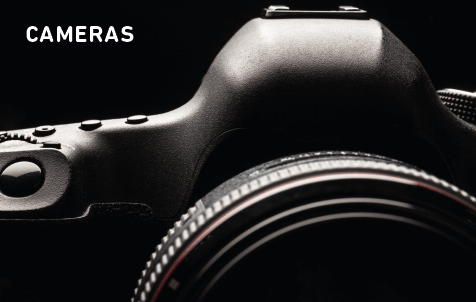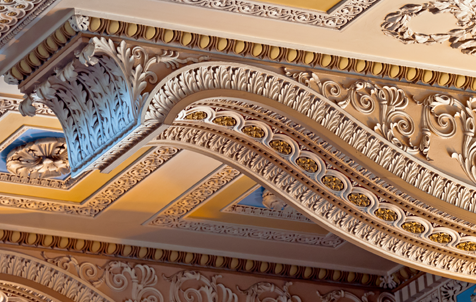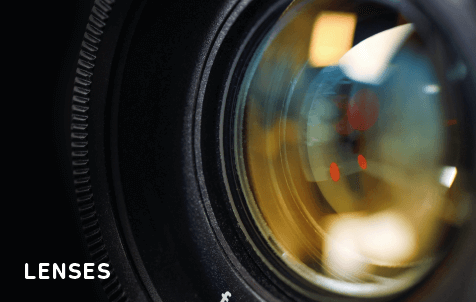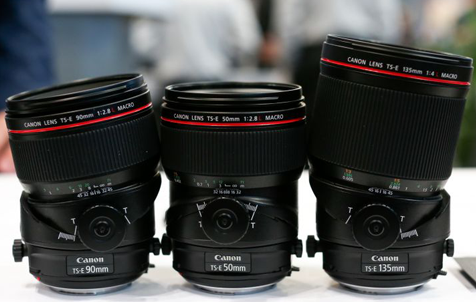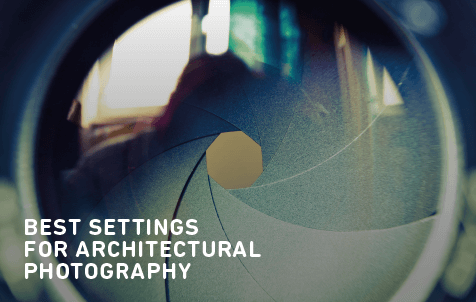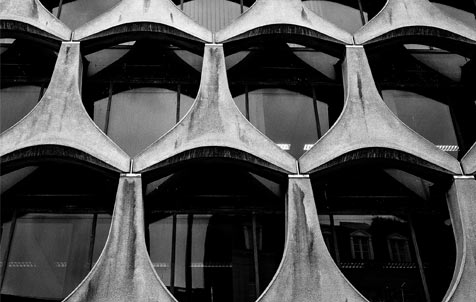A Guide to Photographing Old Buildings
Cities across the UK are packed full of history-steeped architecture that makes the perfect subject matter for any photographer. This guide will explain the equipment you need to get the best shots, as well as some essential tips.
To deliver the level of quality you need in a shot and capture the intricate detail often featured on older buildings, you’ll need a decent digital camera. More experienced photographers may shoot with multiple camera types, although there are some models that are well-suited to this type of photography.
The Nikon D750 Digital SLR has a 24.3-megapixel FX-format sensor that can resolve images with great clarity at high ISOs. This camera has an ISO range of 100-12800 and is extendable to 50-51200 — perfect for picking out the intricacies of a building.
Another highly recommended camera is the Nikon D810 Digital SLR, which has a 36.3-megapixel FX-format sensor.
Architectural photography is however highly accessible all you really need is a camera and a building of interest — you don’t necessarily need a premium camera system.
Photographers generally want to shoot at the lowest ISO possible to reduce noise and preserve detail. In low light that means longer exposure times and lower shutter speeds, during long exposures you'll need to be wary of movement and vibrations that could cause image blur. Stillness is key to capturing detail in landscape and architectural photography, even the slightest of movements while pressing the shutter on the camera could cause that detail to blur, invest in a tripod to minimise movement. You can further reduce vibrations and movement by using either a cable or remote shutter release, or using the timer function on your camera.
Wide-angle lenses are the landscape and architectural photographer's tool of choice. The wider field of view allows you to fit more of your subject in the frame. The benefits to these lenses need little explanation when you consider you'll be shooting panoramas and the facades of large buildings. They also help interior shots portray a better sense of space.
Using a wide-angle lens to shoot architecture you will encounter converging verticals in your photography. Many cameras have features to correct this in-body, alternatively, this can be corrected in post or with the use of tilt-shift lenses. This type of lens has moving parts that shift to keep the image plane parallel to the subject.
If you’re feeling experimental, try a super-wide fish-eye lens. The Nikon AF-S Fisheye Nikkor 8-15mm lens, for example, can be used to create completely circular images and deliver a fresh perspective on a familiar subject. For detail shots, longer focal lengths would be beneficial.
In order to capture as much detail as possible, it’s important to shoot at a narrow aperture – try starting at f/11. It’s important to keep your ISO as low as possible — around ISO 100-200 —this will prevent noise. The trade-off for using narrow apertures and a low ISO is you'll need to shoot longer exposure to gather enough light to achieve a balanced exposure by decreasing your shutter speed.
To capture as much detail possible in areas of low light change your aperture to f/4, or wider, and set your ISO between 800-1600 to increase the sensor's sensitivity to light. Be aware that by opening your aperture you'll be reducing the depth of field.
If you plan to edit your photographs in post-production, shooting in RAW will allow you to be more flexible with your creativity – in this way you can adjust the highlights, shadows, boost the colours or desaturate the image using the RAW data collected by the camera.
With these tips, you should have a basic understanding of how to capture outstanding architectural photographs.
- By Matthew Ward
- 15 Dec 2017




























































